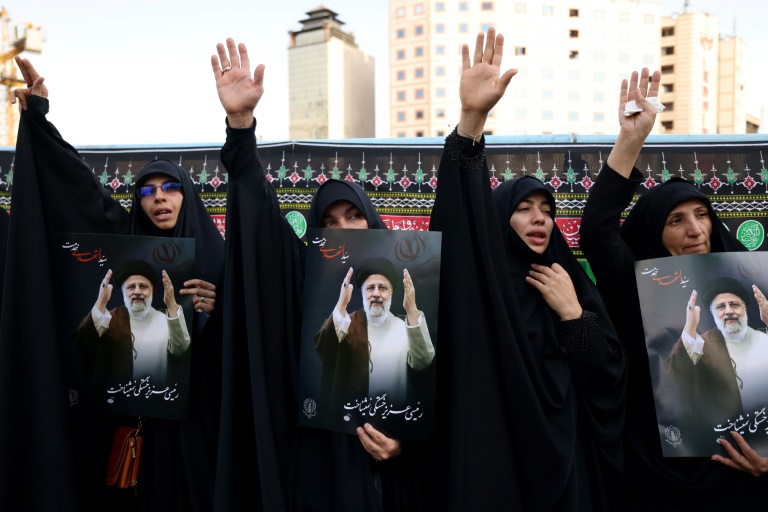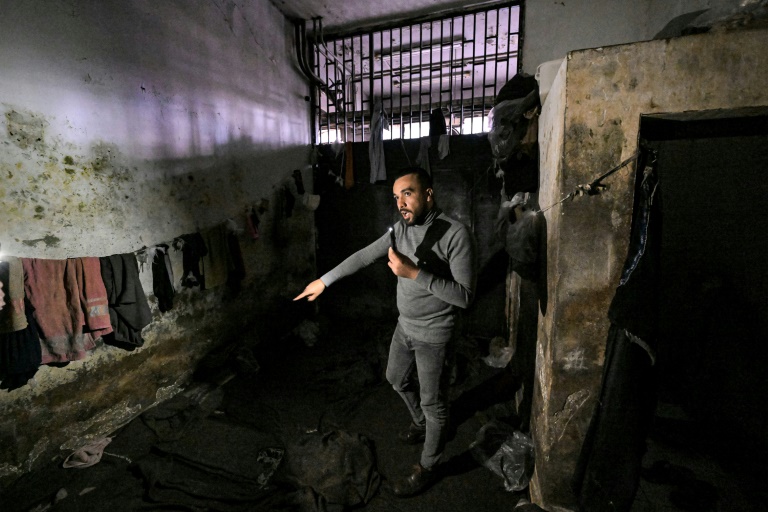The antics of Reza Pahlavi, the son of the deposed and detested Shah of Iran, remind me of a line from the poem “The Man Who Wasn’t There” by the American Hugh Mearns: “Yesterday, upon the stair, I met a man who wasn’t there. He wasn’t there again today. I wish, I wish he’d go away”.
The poem seems to perfectly encapsulate the way Pahlavi, the man who would be king, suddenly appears out of nowhere each time there is a crisis in Iran. After decades of silence, Pahlavi set off on a whirlwind international tour following the nationwide uprising in Iran in 2022-23.
Blatantly exploiting the cruel death in custody of the young Kurdish woman Mahsa Amini, Pahlavi spoke at a press conference in the Georgetown Institute for Women, Peace and Security in Washington D.C., in February 2023, where he promised to launch a charter of demands for a future Iran called ‘The Mahsa Charter’, whose text according to some of his own supporters had been edited by the Ministry of Intelligence and Security (MOIS) in Tehran.
Sniffing at the possibility of regime overthrow, the former crown prince claimed to have united a dubious coalition of exiled Persians, including obscure politicians, minor celebrities, and anti-regime football stars. The group, called the Georgetown coalition, disintegrated within weeks of being formed in a storm of acrimonious tweets and accusations, in which other members accused him of being intolerant of differing views and trying to impose his will on the so-called coalition.
Undeterred, ‘the man who wasn’t there’ jetted off around the world proclaiming himself as the rightful successor to the mullahs’ theocratic tyranny. The fact that millions protesting on the streets of Iran’s towns and cities were chanting “Down with the oppressor, be it the Shah or the Sheikh”, seems not to have caught his attention. The fact that the Iranian people want democracy and a secular republic, not an autocratic dictatorship like that of his father, has eluded ‘the man who wasn’t there’.
Following the first round of sham “elections” in Iran in March and the second round in May, when less than 7% of the voting population took part, ‘the man who wasn’t there’ sniffed another opportunity. Quick to exploit the mass boycott of the poll, he visited London and Paris, meeting with a handful of completely inconsequential Iranians, with no bearing on the situation in Iran. Pahlavi assured them that even the so-called “reformists who have been disillusioned with this regime and are seeking to establish links with the regime’s opponents, must have guarantees for their future following the regime’s collapse.”
This was in addition to his earlier proclamations that he was in contact with senior elements within the Islamic Revolutionary Guard Corps (IRGC) and that the IRGC would be needed to maintain and restore order during the transitional period and afterwards. This was akin to Winston Churchill suggesting he would retain the services of the SS after the defeat of Nazi Germany in 1945.
He went on to say that “because we cannot draft new laws during the transitional period, we must perhaps return to laws that existed before the revolution,” a thinly veiled reference to the constitution under his father’s repressive rule. Clearly, he has not bothered to read his father’s constitution, or he would have realized that his repeated pledge of a secular Iran, where religion and the state would be separated, would be breached by the first two constitutional articles, which guaranteed the mandatory state religion of Shi’ia Islam and emphasized that the laws of the state must not contradict Sharia laws.
The overthrow of the Shah in the 1979 revolution was hailed by the Iranian people as a deliverance from cruel oppression. The monarchy’s relationship with the clergy, who hi-jacked the revolution to seize power, was a complex one. The Shah had initially shown fidelity to religious customs and leaned on the clergy during the first two decades of his rule. Indeed, it was Ayatollah Abolghassem Kashani, the mentor to Iran’s first Supreme Leader Ayatollah Khomeini, who had colluded with the CIA, MI6, and the Communist Party to topple the democratically elected government of the revered nationalist Prime Minister Dr. Mohammad Mossadeq, in August 1953.
The clergy, with some exceptions, tried to stay in the Shah’s favor and maintained pervasive relations with SAVAK, the Shah’s hated secret police, which brutally murdered and tortured political activists and intellectuals, including authors, academics, artists, and poets. But following widespread demonstrations against his oppressive rule, the Shah fled in January 1979, never to return.
In 1980, after his father’s death, Reza Pahlavi, proclaimed himself Reza Shah II, and said he wanted Iran to have a constitutional monarchy. Despite claiming that he would like the Iranian people to have the freedom to choose if they wished to restore him as King, he nevertheless proclaimed himself Shah or King while living in Egypt.
Despite abundant financial resources ($4 billion, according to the New York Times) plundered from the Iranian people by his father, Reza Pahlavi has failed to assemble significant supporters of the monarchy in exile or form a cohesive opposition group or organization during the past four and a half decades. His failure to emerge as a credible opposition figure has underlined the fact that the monarchy is a spent force that belongs to the past and has nothing to offer for the future of Iran.
‘The man who wasn’t there’ is, nevertheless, being expertly exploited by the mullahs, who infiltrate anti-regime protests with agents who chant pro-monarchy slogans, in an effort to sow confusion and persuade the demonstrators that the downfall of the present regime could lead to the restoration of the hated shah. Pahlavi and his dwindling bunch of supporters are naively playing the role of useful idiots for the regime. The mullahs see this as an excellent, albeit futile, way of diverting attention from the People’s Mojahedin of Iran/Mojahedin-e Khalq (PMOI/MEK) and their burgeoning Resistance Units, who have guided and coordinated opposition to the theocratic regime from the outset.
The reality is that during all the nationwide public protests in 2022-23, when the IRGC and their Basij paramilitary thugs murdered 750 people and arrested a further 30,000, support for Pahlavi was non-existent. Indeed, the would-be ‘King’ has remained largely invisible in opposition circles for the past 45 years. He really is ‘the man who wasn’t there’. “He wasn’t there again today. I wish, I wish he’d go away”.
Struan Stevenson is the Coordinator of the Campaign for Iran Change (CiC). He is an author and international lecturer on the Middle East.







